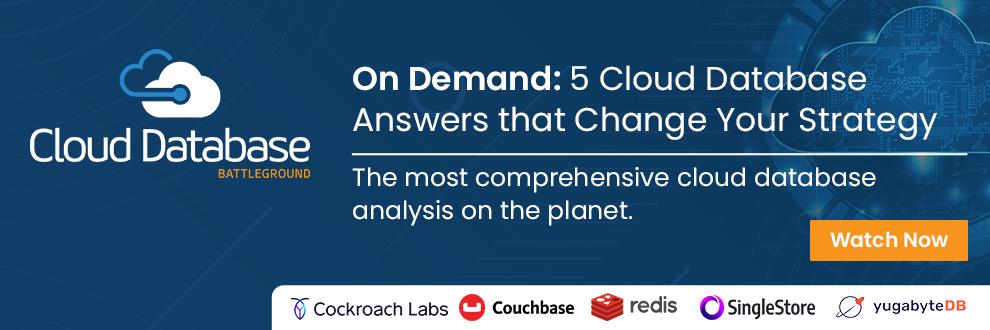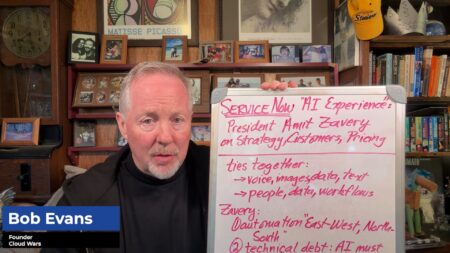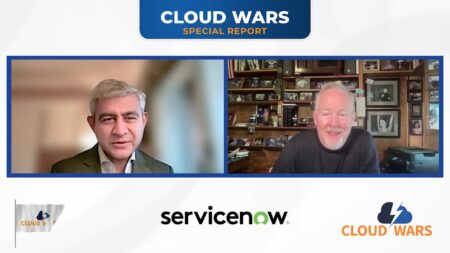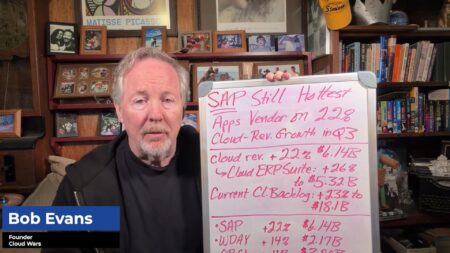
Beyond the hype of digital transformation, data science, machine learning, artificial intelligence (AI), the Metaverse, and so much more, there is a vast economy created because of the progress and evolution of technology. This economy is much bigger than any other economy in the history of mankind—and it grows much faster than anything that we have ever seen. Today, we are going outside of physical limitations and, thanks to technology, we are reaching ‘the cloud’ — figuratively speaking, of course. Did you know that most of the technological progress that we are experiencing nowadays is made by open-source products or software?
Yes, open source is the core of most cloud computing, Big Data solutions, AI applications, cybersecurity, the Metaverse, virtual reality, Internet of Things (IoT), and a long list of modern applications.
What Is Open Source?
Open source, as its name suggests, is something that has been designed to be freely accessible by anyone. Therefore, open-source software is software made with source code that is available to any person. It can be inspected, read, enhanced, or even modified. Source code is the part of the software that runs “under the hood” and it is not visible to the user, so the software, application, or solution can execute what the user is instructing.
Some examples of open-source software or applications include Python, R, MySQL, WordPress, LibreOffice, Linux, Android, Rubi on Rails, Mozzila Firefox, PHP, Apache Spark, and Apache Hadoop. There list goes on and is huge.
I’m sure that nowadays, we can’t think about any AI application without knowing Python, or advanced analytics not using R, or maybe doing Big Data not using Spark or Hadoop. So, as you can see, open source is everywhere.
There are many proprietary solutions and applications relying heavily on open-source software and tools.
Why Does Open-Source Exist?
In this regard, allow me to show the answers to this question from a survey conducted by opensource.com at end of 2019. It’s surprising to see that “Money” is not the first option, but the fifth! Let’s pay attention to the first four:
- I learn something new
- Because it’s fun
- Altruism
- Career opportunities
Individuals usually develop open source in their spare time and nobody is paying for it, but there are real returns to what most of them do. When developers practice developing a solution, they become better professionals. Moreover, an open-source product or software usually solves something that is not available in proprietary software—so it can be very fun.
Ultimately, when a developer shows the world an open-source development that works better or fixes a situation that another current proprietary software can’t do, it is definitely acknowledged by the community and the industry; so opportunities arise.
Final thoughts
We can’t get rid of open source. Open source is everywhere and it keeps growing. We owe open-source a lot of progress within our lives, the economy, and in many things that we do. Nowadays, the power of the community sharing knowledge is exponentially bigger than individuals independently combined, and this is something that open-source developers and contributors understand.







